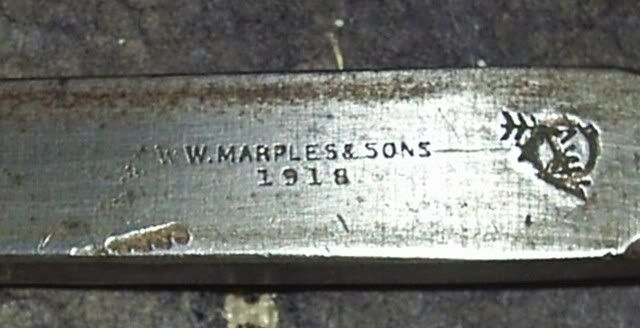Hi Gary,
Is it 10 mm at the tip of the blade?
In any case, I think that's making BB's point. Other than one or two mortice chisels, I have yet to use a micrometer--even ones which read in imperial or metric units--and arrive at the stated width.
In the scheme of things, "nominal" width mortice chisels are fine as the gauge is set from the chisel and the tenon marked from either the same gauge or the resultant mortice.
Where it gets to be a slight problem is plowing grooves "needing" to be the same width as the mortice as plow blades seem to be much more accurate in their measurements.
Take care, Mike




































